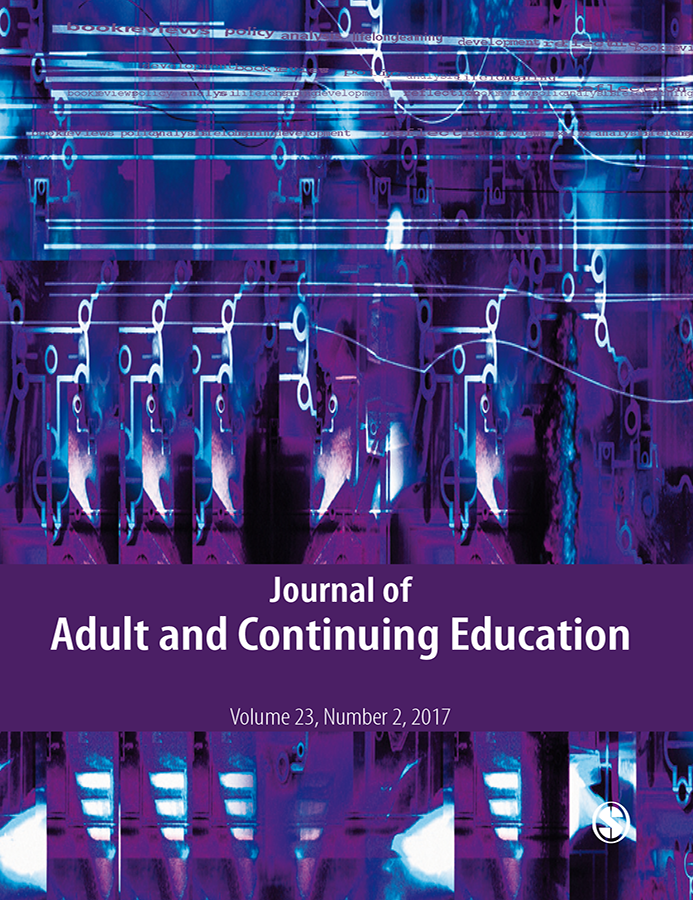Free Access: What Motivates White Professors to Be More Inclusive?
According to the National Center for Education Statistics, the rising enrollments of native and international students of color are changing the population demographics of predominantly white institutions of higher education in the United States. These demographic shifts have resulted in a greater concern for diversity and its impact on teaching and learning. As the population of these institutions continue to diversify, the challenges associated with teaching diverse students tend to rise. This is especially prevalent in the classrooms of higher education institutions where the teaching styles of the faculty may be incompatible with their students’ learning styles. It is important for educators to consider sociocultural and linguistic backgrounds, abilities, and many other characteristics that influence the teaching and learning process in their classrooms. The purpose of this study was to examine the motivation for white professors in higher education to become culturally inclusive in their teaching practices and the transformational experiences that created this motivation and shaped their development.
Abstract
The purpose of this study was to examine the motivation for White professors in higher education to become culturally inclusive in their teaching practices and the transformational experiences that created this motivation and shaped their development. The findings revealed personal convictions that centered on moral obligations towards teaching was the primary motivation for the participants, that culturally responsive teaching requires complex consideration in its implementation, and there are a variety of challenges that impact culturally responsive professors. Above all, the participants believed in the moral rightness of their work and felt obligated to teach in a culturally responsive manner.
Article details
“Understanding the motivation and transformation of White culturally responsive professors” by China Jenkins, Mary Alfred
First published November 3, 2017
DOI: 10.1177/1477971417738793
From Journal of Adult and Continuing Education
































































































